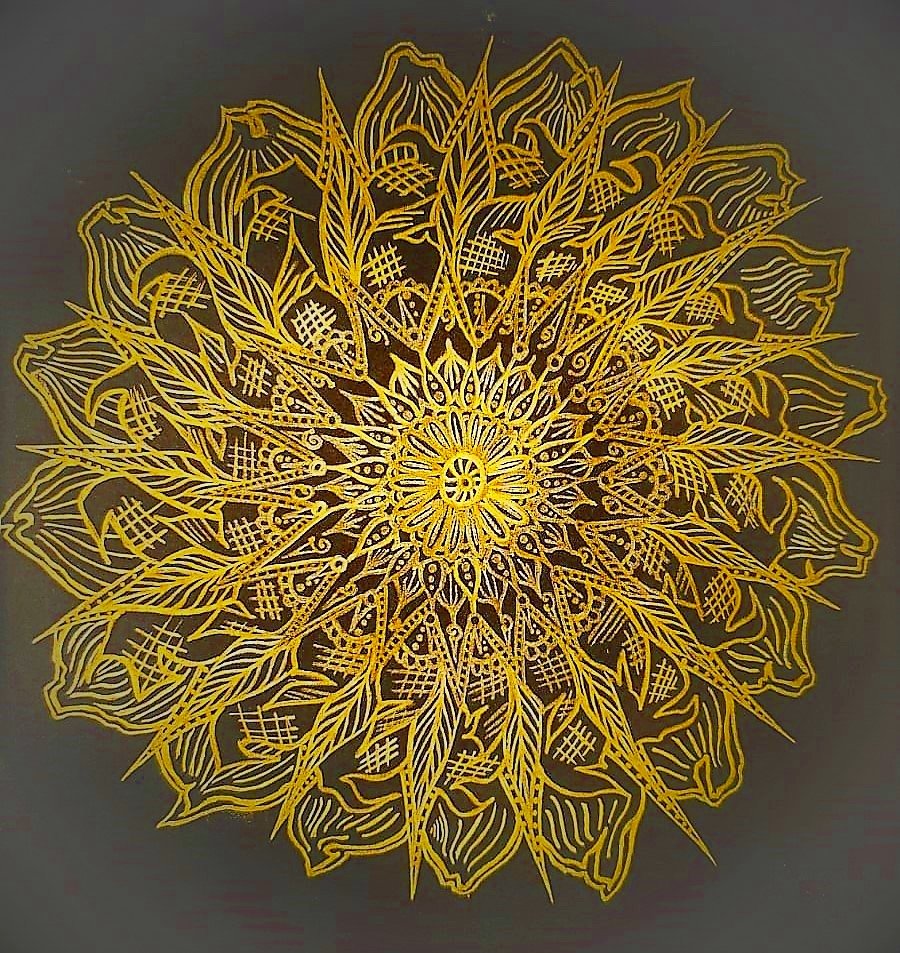Onwards we go, towards times of old..
To relearn tales we’ve long since forgotten have ever been told…
It’s that time of year again, my friends…
We find ourselves in the liminal space between seasons, on the precipice of change, within and without. All one in the same. A world void of meaning, or an earth still filled with wonder? That’s a tale only you can tell yourself.
There’s some things that often make me think, in times of olde, whatever did they do…For things of practical use and creativity when they could not just so casually go out and buy something anew?
Indeed, one equipped with only the charcoal of a spindle tree twig, a quilled feather and the ink of a willing mushroom would likely be freer than many modern creatives, with so often homes filled with clutter and hoardings of unfinished creations from an endless supply of tools and scattered ideas because of falling prey to ease of access. How easy it must have been to tap into the eternal well of imagination without so much clutter and debris to steer them into obstacle after hurdle on their way to dreaming up their destinies. How freeing to live with the seasons it must have been, for many things. Though not all here is as it seems, we too can tap into the creative well that the turning of the seasons brings…
Today we delve into the world of wild ink. A not-so-daunting a mission as it might initially seem, allow me to share with you just how seamless this can be…But first, a little bit of interesting surrounding history…
Shaggy Ink Cap/Coprinus comatus Ink
Coprinus comatus is one of natures fastest ways to create wild ink, to be foraged from late summer until the first frosts. A type of foraging once studied and utilized for forgery prevention!🤫
"Up until the 18th century most large households made their own inks. The recipes often so individual and so jealously guarded that analysis of inks has proved to be a reliable guide to the source of ancient manuscripts.
It was once suggested that important documents should be 'marked' with traces of ink from a particular Coprinus species. Since the spores are distinguishable under a microscope this would provide a way of detecting forgeries"
- Plants with Purpose by Richard Mabey, 1980
So they had their place in history, as unintended snitches to forged mysteries. It’s as grand a life path as any.
To make it into a useable ink, all one needs to do is pick them, usually found on freshly mowed grassy verges or shortly cut lawns, take out the stems and shred them up a little with your hands and leave them to sit in a jar. Within a few hours you should see your prime goods appear before you…The mighty journey it has taken from melty spore-filled puddle of goo, into fully dissolved liquid ink, is now complete.
Go onwards now, my friend, and write and create to your hearts content!
A small amount of mushrooms actually tends to create a fairly decent sized amount of ink, well more than enough to be used in one sitting, that is. If you’d like to keep it for longer than a few days, you may want to preserve it.
To preserve it, clove oil can be added to the concoction. Honestly, I do not know for how much longer that will keep it. For me, that method is still only heresy, and I cannot speak on it more as I have not tried it yet.
One preservation method I did experiment with however, was purely accidental, and if you recall earlier in this post, the mentioning of artistic clutter and debri clogging up small living spaces, well, this was me. Last year, amongst some 77 house plants, herb pots, drying poppy seed heads dangling down upon my crown as I swivelled past basket upon basket full of yet-to-be-finished projects, somewhere amongst it all lay a forgotten jar of half-used shaggy ink cap ink. The forgetting of this jar was the beginning of the (entirely accidental) experiment.
To my delight, the lid had been left off. Wonderful, typical, you genius, I thought. At first glance, I recoiled, expecting to besieged by a growing army of mold spores if I so dared to try and move the jar out of its designated dust collecting station. But no, it was good news, very good. Hadn’t it only gone and perfectly dehydrated itself in the jar thanks to the heat of the stove nearby? It had indeed. A happy accident. I closed the jar and all I ever had to do anytime after was rehydrate it with some water and get to work. I chose to use distilled water as it’s completely completely pure and free of contamination, I’m sure regular water (if you could call it that) would do just fine too.
Enjoy your journey back through to a time not so long ago, when foraged wild ink was the norm, and let me know how it goes!









